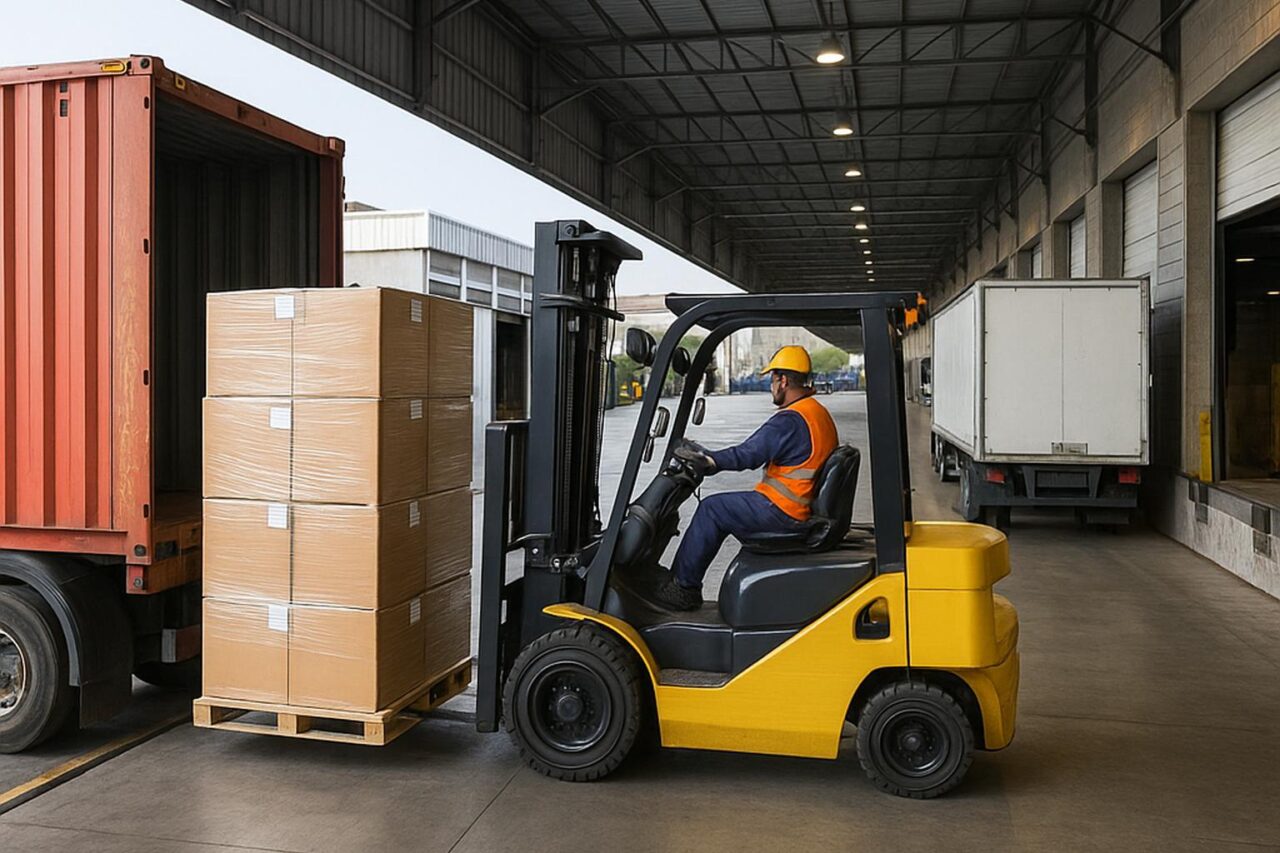
Dock transfer speed is the heartbeat of an efficient warehouse, especially in Florida, where port congestion and seasonal traffic squeeze delivery timelines. Every minute a pallet waits at a dock door, it ties up labor, equipment, and outbound schedules. Delays ripple through the supply chain, slowing store deliveries and triggering costly chargebacks. By treating dock transfer speed as a performance priority, shippers create a leaner, faster fulfillment engine that keeps customers satisfied and margins intact.
Why Dock Transfer Speed Matters in Florida Logistics
Florida distribution centers handle one of the busiest trade gateways in the United States, supporting both imports and exports. Containers move daily through PortMiami, Port Everglades, and Port Canaveral, while trucks carry freight inland to tourism hubs and fast-growing suburbs. When dwell time rises, containers stack up in the yard, drivers wait for open doors, and downstream orders fall behind schedule. Improving dock transfer speed relieves this congestion, helping more loads cycle through each shift and keeping supply chains on time for both retailers and Central Florida distributors.
Hidden Costs of Slow Dock Transfers
Slow transfers quietly drain profitability. Freight sitting on the floor eats up storage space and forces crews into overtime. Forklifts covering long, inefficient routes increase fuel use and risk accidents. Temperature-sensitive goods spend more time outside optimal ranges, inviting claims and rejections. Retailers and forwarders alike impose fines when shipments miss cutoff times. Each delay multiplies, creating a cascade of costs far beyond the dock itself.
Proven Strategies to Increase Dock Transfer Speed
Even in a first-come, first-served environment, small process improvements have a big impact on how smoothly freight moves through the dock. When applied consistently, these changes save time at each step and reduce the chance of bottlenecks.
Clear check-in process: Drivers lose valuable minutes when they are unsure where to go or who to speak with. A single check-in point, backed by clear signage and straightforward instructions, reduces confusion and speeds up the transition from arrival to unloading. This also creates a safer dock area by preventing drivers from wandering through active work zones.
Color-coded staging lanes: Forklifts waste time when pallets zigzag across the floor or block other loads. By marking fast lanes with clear colors, pallets travel in straight, predictable paths. This cuts unnecessary travel, reduces equipment wear, and makes it easier for both seasoned and temporary staff to follow the same system without extra guidance.
Pre-labeled freight: Unlabeled or mislabeled pallets can stop the entire flow while staff scramble to sort or re-tag them. Accurate labels and advance packing lists allow unloaders to send pallets directly into the right lane. This not only speeds up transfers but also minimizes errors that could delay outbound loading or create costly compliance issues.
Visible cutoff board: Dock staff work faster and with greater accuracy when they know exactly which shipments must leave first. Posting cutoff times where everyone can see them eliminates uncertainty and helps teams prioritize tasks without constant verbal reminders. It also reduces the risk of missing critical delivery windows that could trigger penalties.
Short interval huddles: A few minutes spent regrouping every hour prevents bigger problems later in the day. Brief stand-up meetings give supervisors a chance to update priorities, shift labor where it is most needed, and resolve minor issues before they grow into major delays. These huddles also improve communication, making sure all crews are aligned on the same goals.
Each of these tactics seems simple on its own, but together they create a dock environment that is faster, safer, and more predictable. When applied across hundreds of pallets per week, the minutes saved at each step add up to measurable gains in throughput and lower operating costs.
How Comet Delivery Helps Florida Facilities Move Faster
Florida logistics is shaped by more than warehouse operations. Traffic patterns, seasonal tourism spikes, and port congestion all affect timing at the dock. Partnering with a local provider that understands port schedules, bridge tolls, and high-volume travel windows helps prevent bottlenecks before they build. Coordinated communication between drivers and dispatch also plays a central role. A quick update on arrivals or congestion allows supervisors to reassign doors before the yard clogs and shipments fall behind.
Measuring Dock Transfer Speed and Driving Continuous Improvement
The best way to improve dock performance is to measure it consistently. Two metrics give the clearest picture: truck dwell time and pallet cycle time. Truck dwell time is the total number of minutes from when a driver checks in until the truck leaves the dock. Pallet cycle time measures how long it takes from the moment a pallet is unloaded until it is scanned and loaded outbound.
To make these numbers more useful, break them into smaller steps. Look at how long trucks wait before a door opens, how quickly the unloading takes place, how long pallets sit in staging, and how efficiently outbound loading is completed. When times are tracked at each step, it becomes much easier to see where the real delays occur.
Once bottlenecks are identified, managers can apply practical fixes. Rearranging staging layouts may shorten forklift travel. Improving labeling accuracy prevents pallets from being re-sorted mid-process. Even small improvements made consistently can save minutes on every shipment. Over time, those minutes add up to hours of labor saved each week, faster throughput, and lower overall freight costs.
Contact Us
Dock transfer speed separates efficient supply chains from struggling ones. If your Florida operation needs faster turns, call us today at 305-591-2262 to speak with a Comet Delivery logistics specialist. We will help design a cross-dock workflow that reduces dwell time, lowers costs, and keeps every outbound load on schedule.